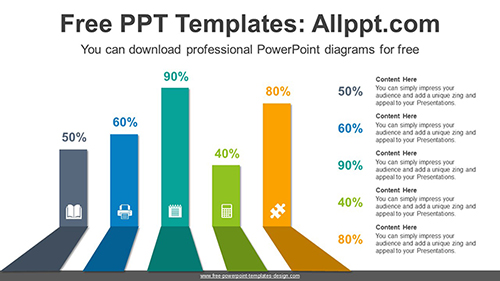
If you want to change the data in the chart, you must make your changes to the linked worksheet in Office Excel 2007 and then refresh the data in your PowerPoint presentation. When you copy a chart from a saved Office Excel 2007 file and paste it into your presentation, the data in the chart is linked to that Excel file. You can paste an Excel chart or graph into your presentation and link to the data in an Office Excel 2007 file. When you create a new chart in PowerPoint 2007, you edit the data for that chart in Office Excel 2007, but the data is saved with the PowerPoint file. You can create a chart or graph in your presentation. You can add a data chart or graph to your presentation in one of two ways: Top of page Overview of data charting and graphing To learn about the different types of Excel charts that you can add to your PowerPoint slides, see the article Available chart types. To create a timeline using a SmartArt graphic, see the article Create a SmartArt graphic.


To create an organization chart, see the article Create an organization chart. Top of page Create an organization chart, a timeline, or add a chart from Excel On the Home tab, in the Clipboard group, click the arrow under Paste, and then click Paste. In PowerPoint 2007, click the placeholder on the slide or notes page that you want to insert the chart on. In Excel, select the chart by clicking its border, and then on the Home tab, in the Clipboard group, click Cut.
#WHAT IS A COLUMN IN POWERPOINT UPDATE#
Note: If you want to be able to automatically update or refresh the data in your chart or graph, you must save the Excel file before inserting the chart or graph.
#WHAT IS A COLUMN IN POWERPOINT HOW TO#
Some types of charts, such as organization charts, flow charts, hierarchical diagrams, or showing repetitive information, might be more easily and effectively created using SmartArt.įor more information about how to insert a linked Excel chart, see Insert a linked Excel chart in PowerPoint 2010.įor more information about how to edit data in a chart, see Edit data in a chart. You can also access design, layout, and formatting features that are available for specific chart elements (such as chart axes or the legend) by right-clicking those chart elements. To get a good idea of what you can add to or change in your chart, under Chart Tools, click the Design, Layout, and Format tabs, and then explore the groups and options that are provided on each tab. For more details, see Change the data in an existing chart. Click the chart, then on the green Chart Tools tab, select the Design tab, and then click Edit Data. not/but as/as both/and whether/or either/or neither/norEither you eat your peas or you get nothing for dessert.You can leave the table as soon as you finish.Both you and your sister must finish those peas.Whether you turn green or growl matters little.EitherorasasBothandWhetherorGrammar ToolkitĬonjunctions are words that join sentences, clauses or words within a clause.Correlative conjunctions come in pairs and join words or groups of words that are equal.In the following sentence, the correlative conjunctions are red: Either wear your hair up or wear it down.Note: If you don't see the Chart Tools, make sure that you click anywhere inside the chart to activate it.

You can have either strawberry or vanilla.She is neither hungry nor greedy.She can not only save money but also help the environment.Grammar ToolkitĬhoose a pair of conjunctions to fill each gap.

Like coordinating conjunctions, they join words or groups of words that are equal. But Tom only likes the colour of grass, while Tim only likes the smell!joins two words joins two clauses joins two sentencesjoins two clausesĬorrelative conjunctions come in pairs. Tom and Tim are twins, so they get on very well. ConjunctionsCorrelativeA conjunction joins sentences, clauses or words within a clause.


 0 kommentar(er)
0 kommentar(er)
